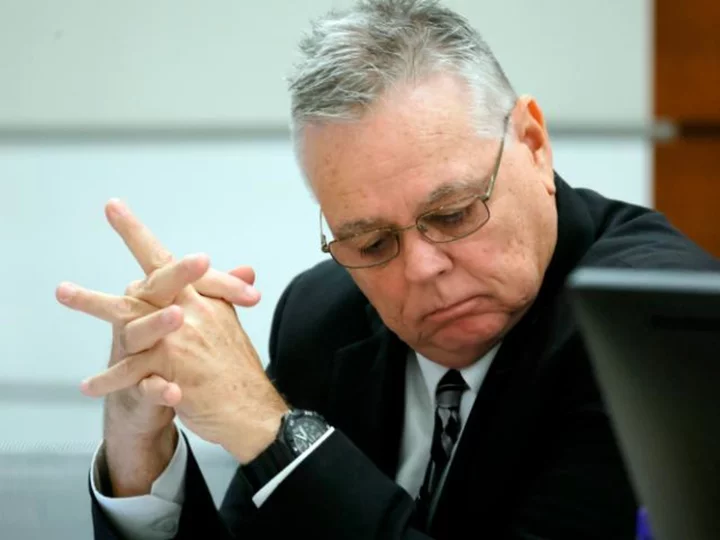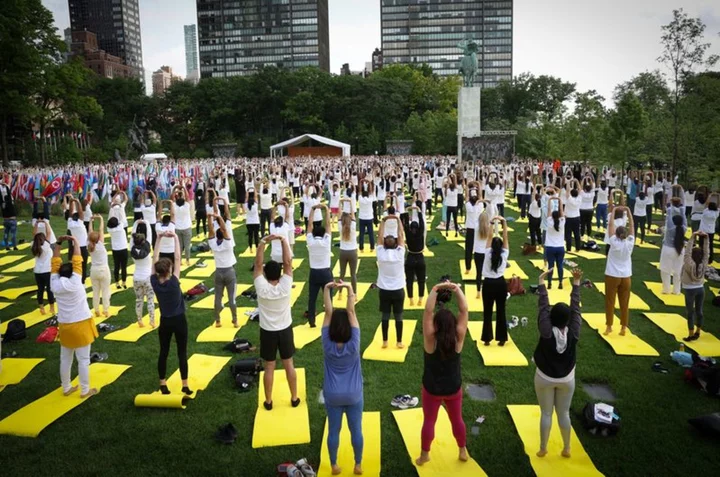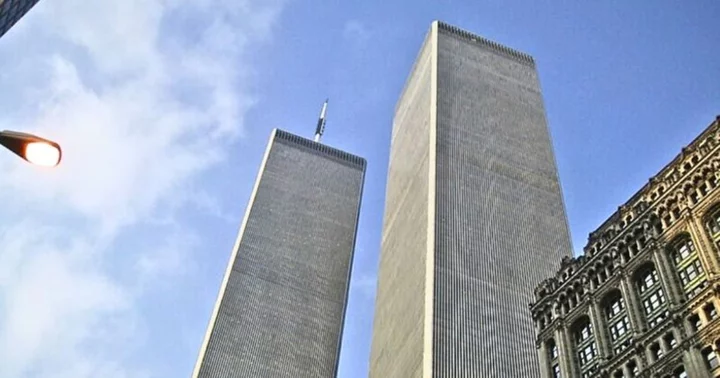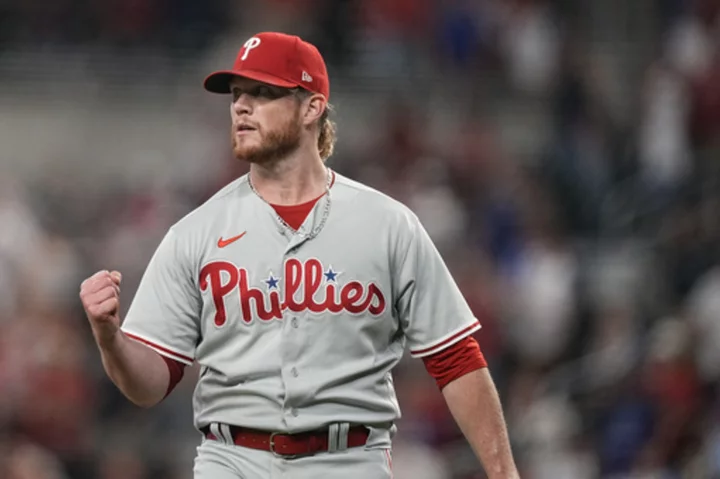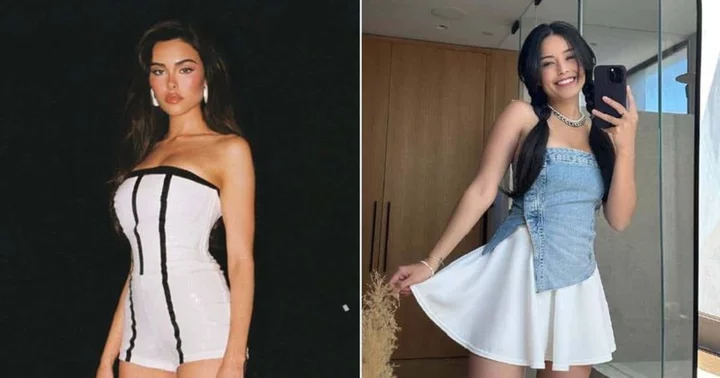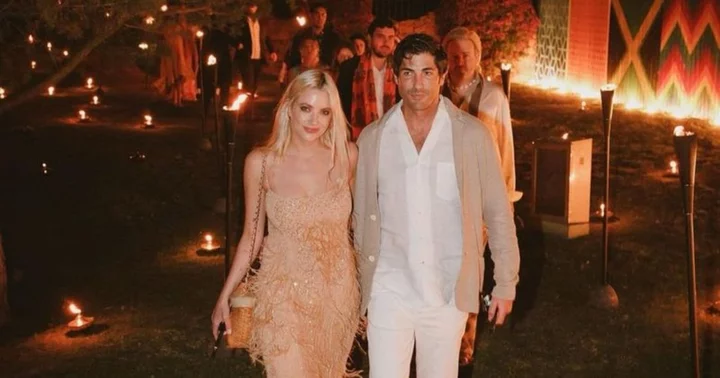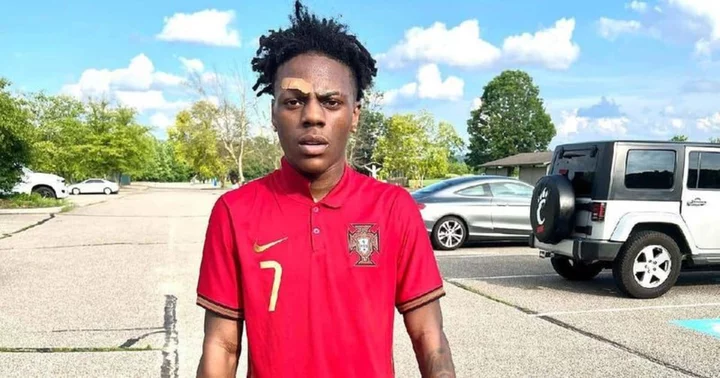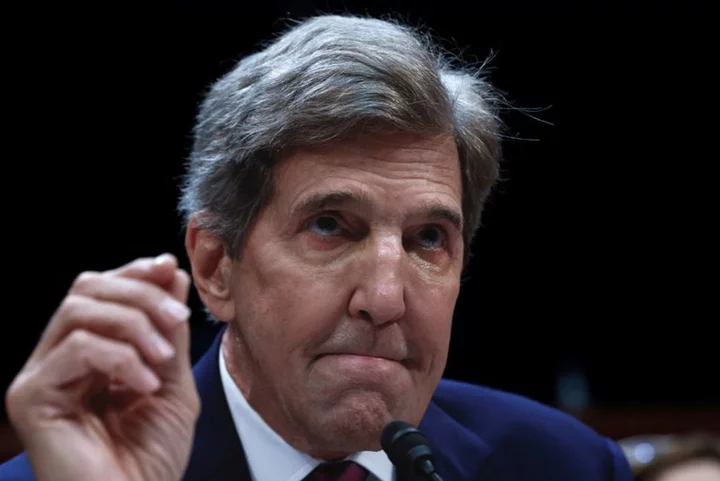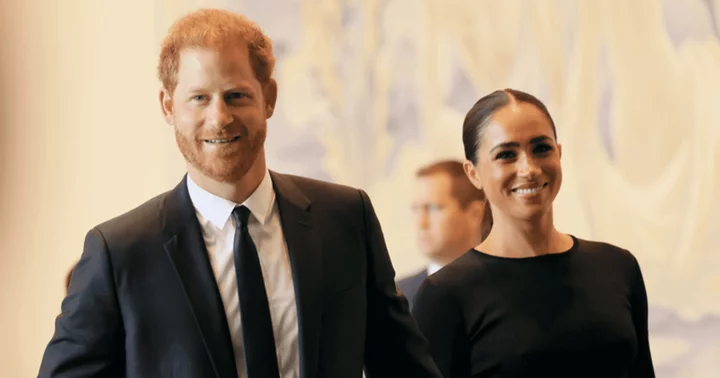The prosecution rested its case Wednesday in the trial of the former school resource officer who stayed outside a Parkland, Florida, high school while 17 people were killed and 17 others were wounded during a February 2018 mass shooting.
Throughout their case, prosecutors sought to portray Scot Peterson, then a deputy with the Broward Sheriff's Office, as a law enforcement officer who failed to appropriately respond during the shooting at Marjory Stoneman Douglas High School despite years of service and active shooter training.
Instead, the state alleges, Peterson took cover outside the scene, the school's 1200 building, for more than 45 minutes.
"You're supposed to go towards the shots to find out, investigate what's going on," Detective John Curcio of the Broward Sheriff's Office, the state's final witness, testified Wednesday. He was the lead investigator in the case against the shooter.
"The goal is to stop (the shooter) from killing people," said Curcio, his voice briefly breaking. "And that doesn't mean killing him. It means slowing him down, it means distracting him, it means anything so those kids can find safety."
Peterson, 60, has pleaded not guilty to 11 counts, including seven of felony child neglect and three of culpable negligence, which prosecutor Steven Klinger said stem from each of the victims shot on the third floor of the school's three-story 1200 building.
Teacher Scott Beigel and students Cara Loughran, Meadow Pollack, Joaquin Oliver, Jaime Guttenberg and Peter Wang were fatally shot, while teacher Stacey Lippel and students Kyle Laman, Marian Kabachenko and Anthony Borges survived their wounds, Curcio said Wednesday.
Peterson also faces one count of perjury, in part for telling investigators he heard only two or three gunshots after arriving at the scene of the shooting, the affidavit says, while other witnesses said they'd heard more.
The former deputy has maintained he did nothing wrong. He didn't enter the building because he couldn't tell where the gunshots were coming from, the defense has argued, due to echoes and reverberation on campus. Peterson, their argument goes, reacted as appropriately as he could with the information he had.
The sole person responsible for the deaths and injuries that day, defense attorney Mark Eiglarsh has argued, was the shooter, who pleaded guilty and was sentenced to life in prison without parole last year.
'You have to do something'
The state worked to undercut these arguments, calling to testify law enforcement officers who said training dictated they move in the direction of the sound of gunfire to identify its source -- a protocol that has been commonplace since the 1999 mass shooting at Columbine High School in Colorado.
"You no longer wait for a team. You cannot," Lt. Col. Samuel Samaroo of the Broward Sheriff's Office, who was involved in the department's training, testified earlier this month. Law enforcement is taught to believe that "every gunshot is a victim, and as you're hearing it, that's live intelligence. You have to do something."
Other witnesses testified that it was clear to them the shots were coming from inside the 1200 building, including Kelvin Greenleaf, a former school security specialist who was with Peterson when he first arrived outside the building.
"When I looked at him, he just had a blank look on his face," Greenleaf said of Peterson during his testimony Tuesday. "There was so much going on, and I can imagine the stress and the pressure that he was under ... and I just don't think he realized pretty much what was going on."
On cross-examination, Greenleaf said he believed Peterson did everything possible that day but acknowledged on redirect he had never had police training.
Multiple law enforcement officers who responded to the scene offered a contrast to Peterson's actions, providing testimony about their efforts on the scene to gather information from students or locate the perpetrator and clear the 1200 building. Many acknowledged they arrived after the shooting was over.
Coral Springs Officer Richard Best testified that when he arrived, Peterson told him there was shooting inside the 1200 building on the second or third floors. But when Best went inside, he said, Peterson held his position.
"It's not that I, as one police officer, want to ever go into that situation by myself," he said. "But that's the understanding. You sign up to do this job, and that's it."
Lt. Craig Cardinale of the police department in nearby Sunrise, Florida, testified Tuesday about racing to the school because his own son was a student there, only to find Peterson pacing back and forth on the sidewalk saying to himself, "Oh my gosh, oh my God, oh my gosh."
Cardinale testified that when he asked who Peterson was, the school resource officer replied, "I'm the SRO."
"What the f**k are you doing out here? You should be in there," Cardinale recalled saying.
The state also called survivors, including Anthony Borges, who showed the jury the scars from wounds he suffered when he was shot five times on the third floor. He testified he lay on the floor near the bodies of other students, unable to move for 40 minutes before police arrived.
The jury also heard from Kyle Laman, who was shot in the leg in the third floor hallway and cried as he was shown surveillance footage of the attack.
After he was shot, Laman took cover in an alcove alongside two other students, including Joaquin Oliver. Laman was likely there for just a couple minutes, he testified, but "it felt like 30 minutes."
Asked what he was thinking, Laman said, "Oh, I'm going to die."
The defense has called some of its own witnesses out of turn, including Broward Sheriff Deputy Michael Kratz, who testified he heard gunfire coming from the football field. At the time, he said, he did not believe the shots were originating inside a building.

